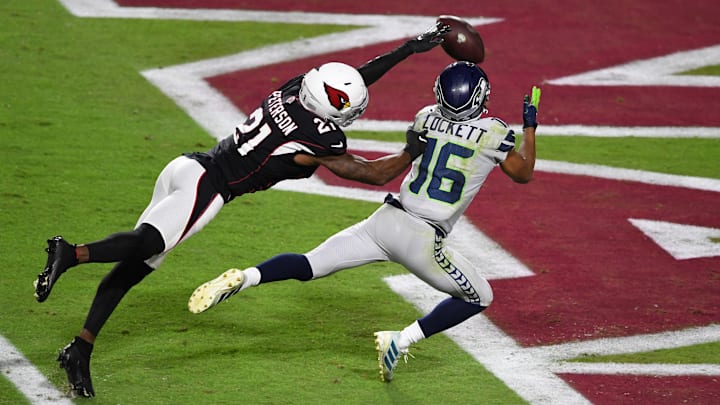The Seattle Seahawks have uncovered some true gems in the draft. While some names are obvious, I found a few surprises scattered among the diamonds and the rhinestones of the last 10 years. There were some lean years, but these players more than made up for it.
My decade begins with 2013, so we'll miss out on some of the Seahawks' best draft gems ever. Sadly, 2013's draft was nearly a complete washout, and 2014 wasn't far behind. I pushed the start back a year because it's simply too soon to rate a player based on their rookie campaign. Even their first two seasons can be misleading. If you're not convinced of that, compare the careers of Freddie Swain and Golden Tate. We've got you covered if you crave a deeper dive into every Seahawks draft,
Now, any dope can make a list of players he likes. I'm walking, talking, and typing proof of that. This time, I decided to take a different tack. I tried to provide consistent reasoning for my nominations for the Hawks' biggest draft gems. Most people would consider a low draft pick who has a successful career in the NFL as a gem. Well, duh. What I tried to do here is quantify the value of the players' draft positions and compare it to their production on the field. Yes, dear 12s, it's gonna get mathy.
Here be dragons (and Seattle Seahawks): the mathy parts
For lack of a better term, let's call this Relative Production. That is the relationship between draft position and performance. The higher the production and the later in the draft, the more value that player produced. The concept of draft value is pretty well-known. The highest draft pick has the most value, with each following pick descending in value. You can see one version of the chart here, courtesy of Over The Cap.
For the other half of the equation, I used Approximate Value, a measure created by pro-football-reference. A quick-and-dirty explanation: it provides one number to compare values across positions. As in, how valuable is that nickel corner compared to the starting tight end, who mainly blocks? For a deeper explanation of the method, click here. So we have our two measures for our comparisons. Let's begin, 12s!
